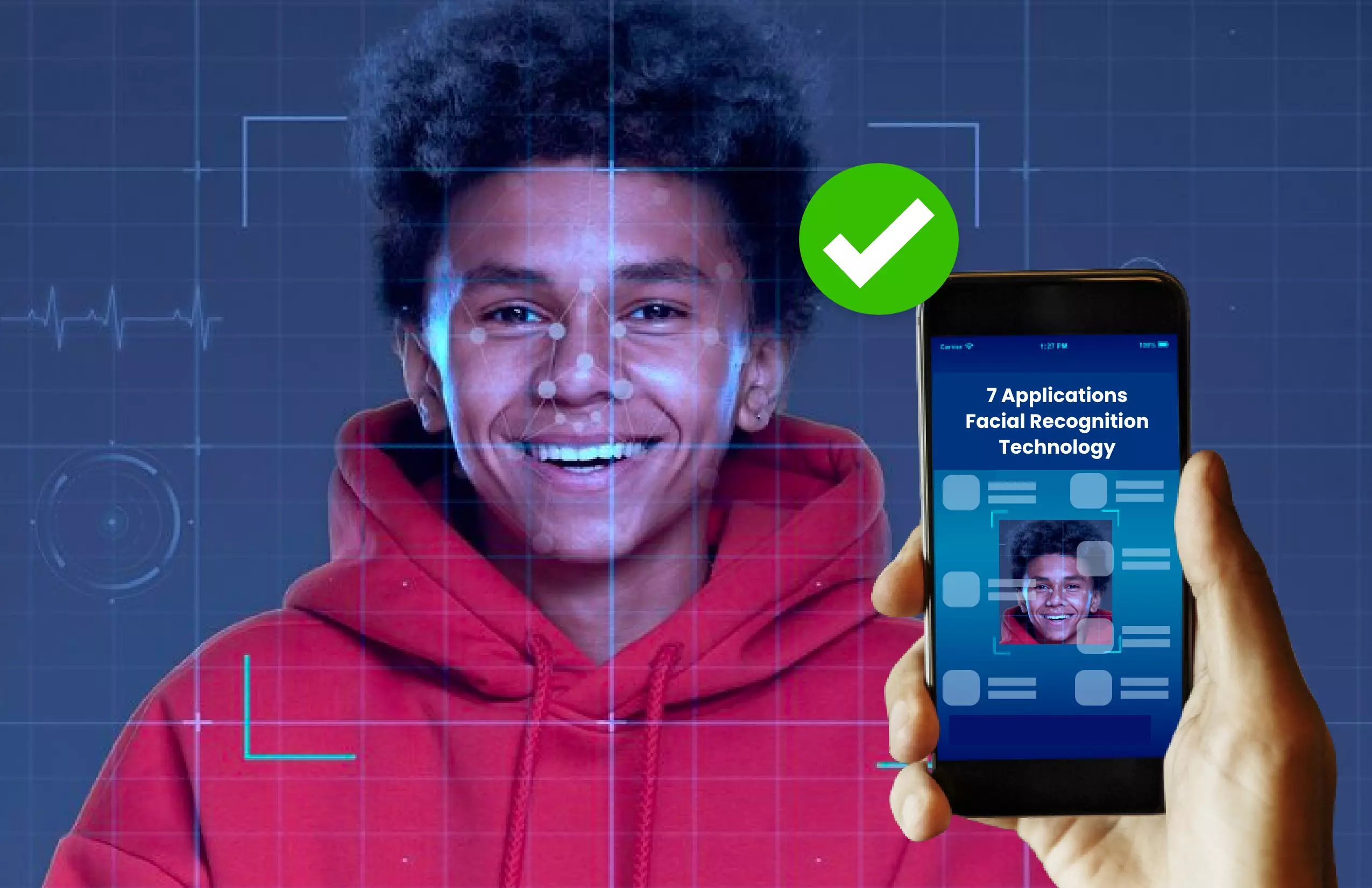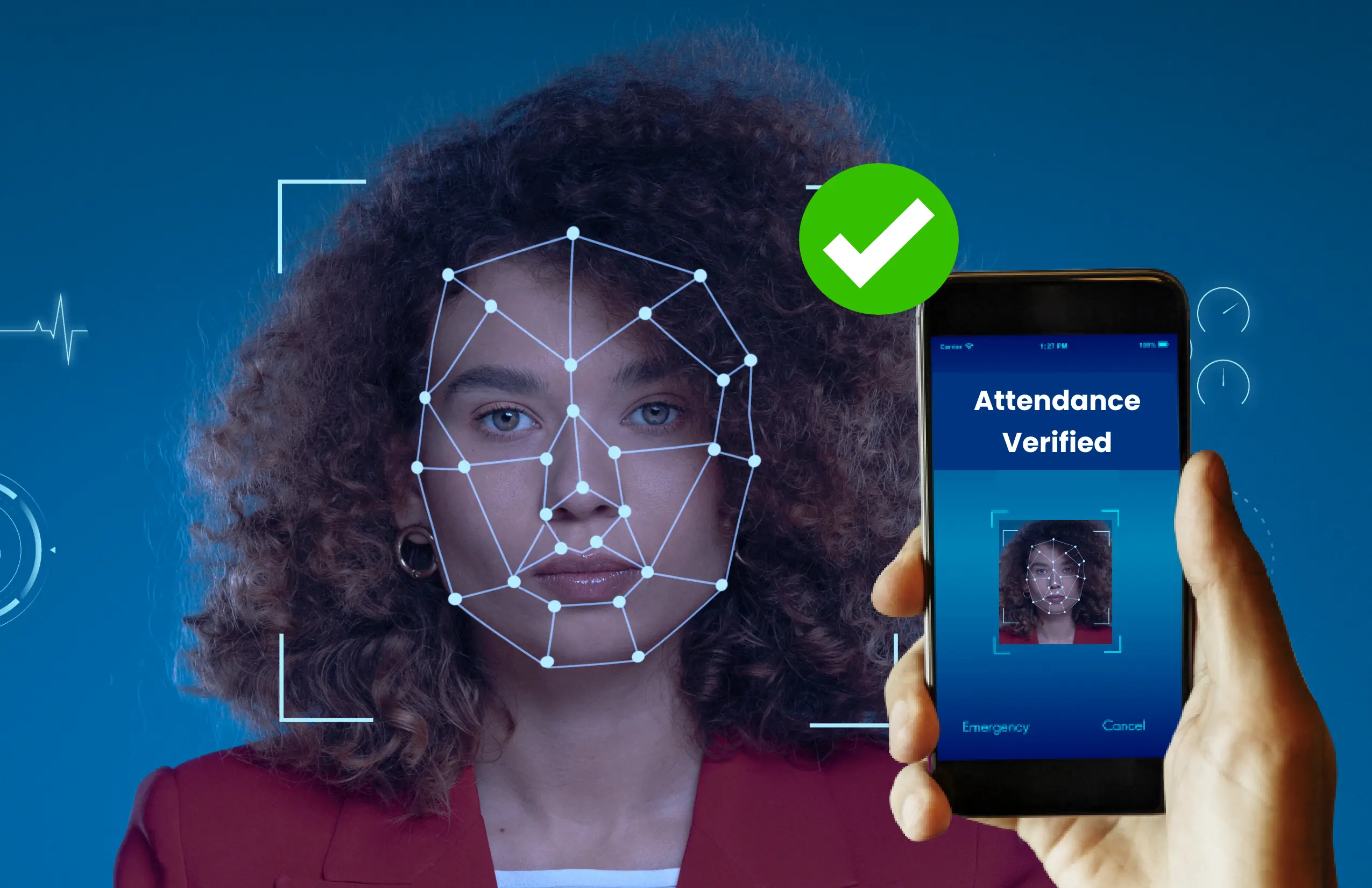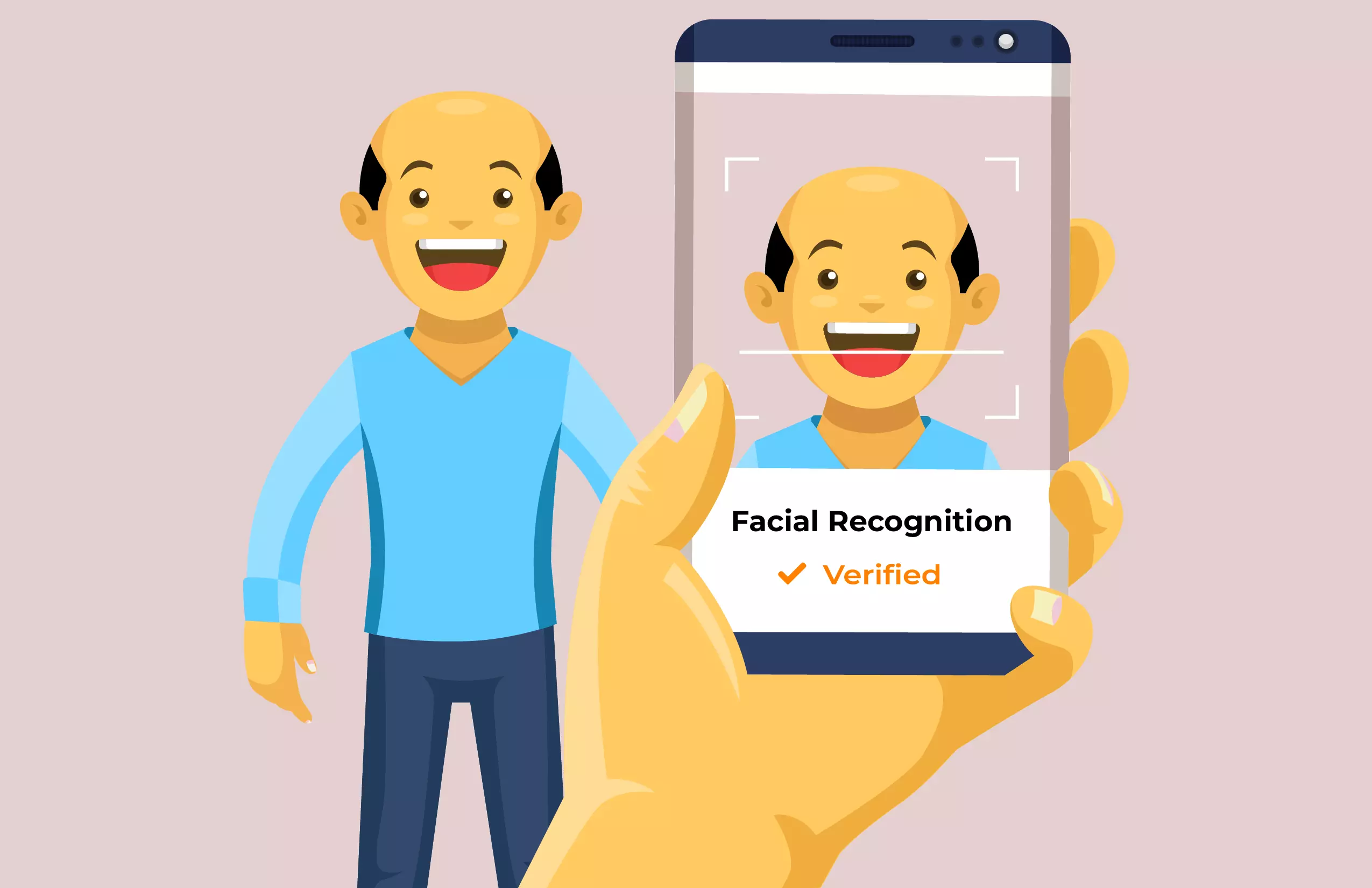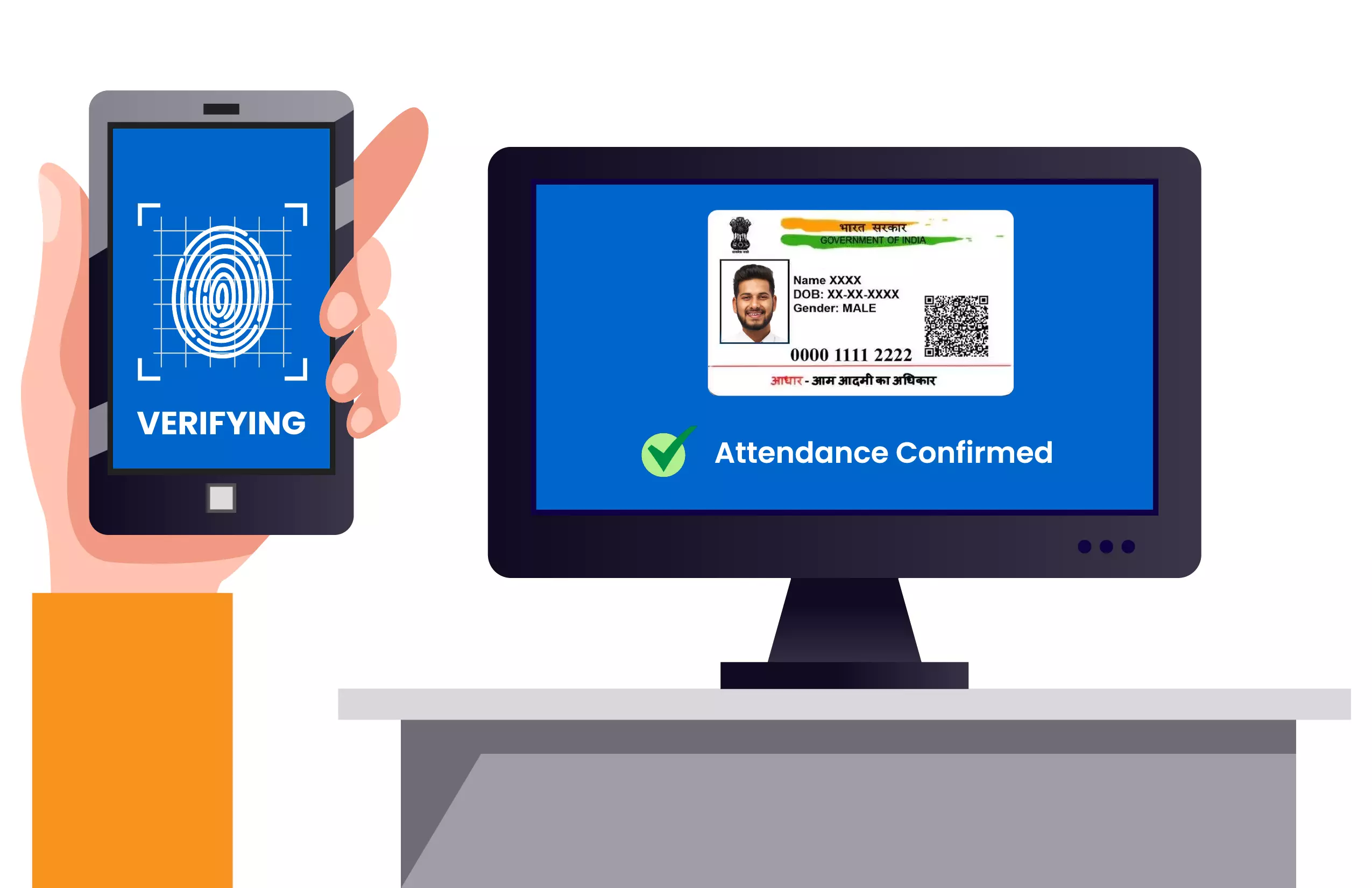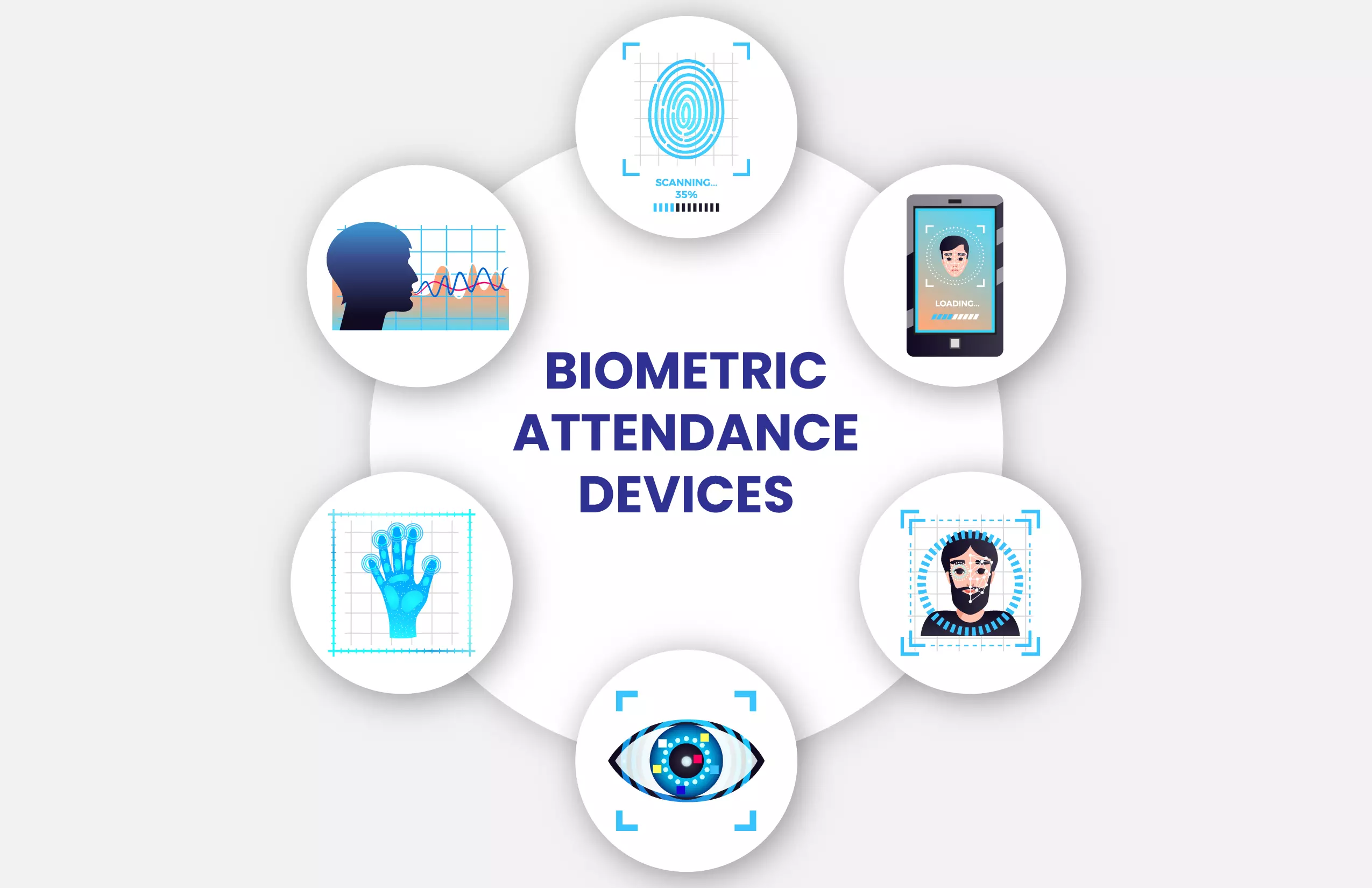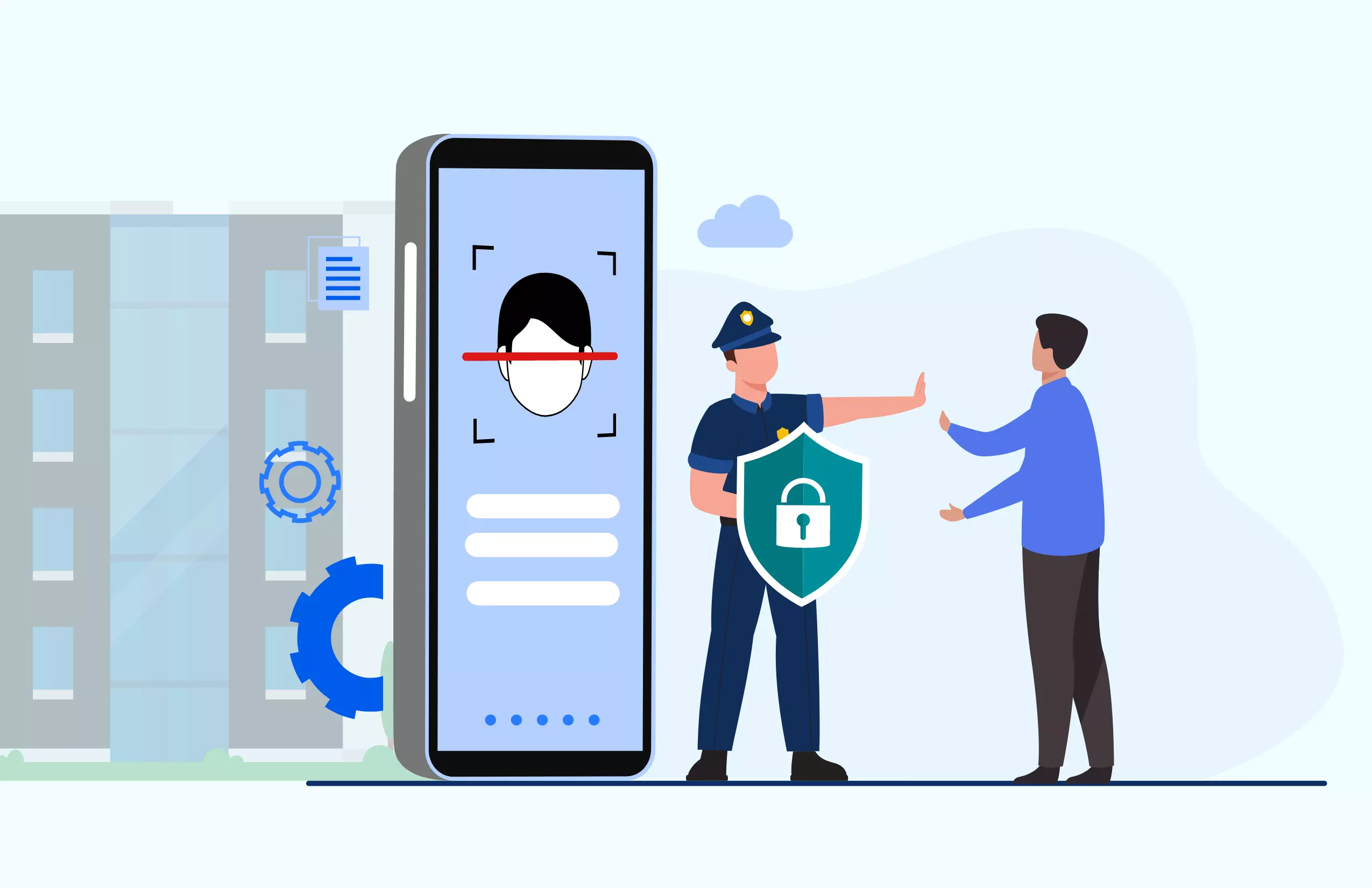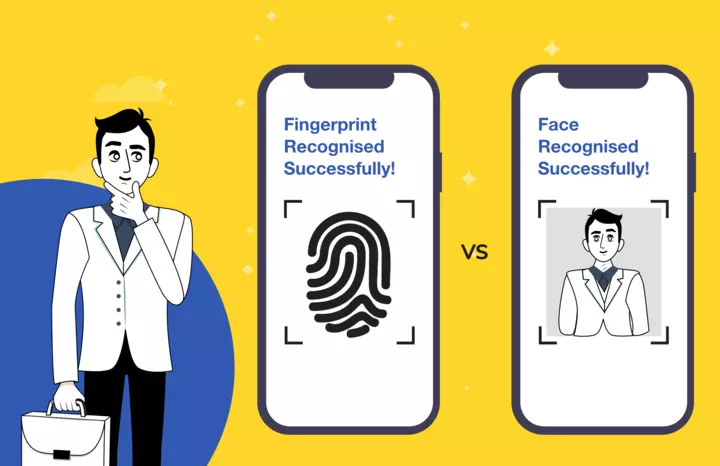
Facial Recognition Vs Fingerprint Recognition Technology: Which Is A Better Option?
Table of Contents
Protecting our devices is the best way to prevent others from viewing our devices and the mountains of data regarding our personal life, including financial transactions to important photos, files, and the contact information of our buddies. We can use passcodes, but they are effortlessly easy to crack. As a result, the majority of us depend on two crucial aspects of biometrics – personal details that, in practice, only we have, and nobody else does.
For those wanting to protect their smartphones, the two major alternatives appear to be facial recognition, where the camera of the device is utilized to cross-check if your face correlated with that of the device’s user, or a fingerprint scanner. But, among these two advanced user identification technologies, which one is the better version? Do you have any idea? Let’s compare and find out.
What Is Facial Recognition Technology?
The method of detecting or verifying a person’s identity via their face is known as facial recognition technology. It captures, evaluates, and correlates patterns based on facial characteristics. Facial recognition technology can detect facial images in pictures or videos, identify whether the face in two pictures relates to the exact same individual, or scan for a face in a big database of image files. Face detection is used in biometric security devices to accurately identify persons during user acquisition or logins, in addition, to enhancing strong authentication action. Facial scanner technology is increasingly being used for security controls in smartphones and personal devices. The system is mostly employed for safety and law enforcement, despite the growing interest in other applications.
What Is Fingerprint Recognition Technology?
Fingerprint recognition technology operates by capturing a person’s fingerprint and exemplifying its distinct patterns, dimensions, and textures. To identify a person, the captured image is compared to a database or a preexisting image of the fingerprints. Fingerprint recognition technology allows a user to be authenticated or recognized by evaluating and analyzing the dermal lines of their fingers. Fingerprint identification was among the first methods for accurately identifying individuals and remains one of the widely used and efficient biometric systems still. The fingerprint sensor is one of the greatest biometrics for verification because of its fast and flexibility of being used.
Advantages And Disadvantages Of Facial Recognition Technology
Pros
- By correlating faces captured by surveillance feeds with those listed on watch lists, law enforcement entities can identify criminals without any other sources of identification and find missing persons.
- The process of detecting the face takes a minute or even less, which is extremely advantageous to businesses. Because facial recognition is practically instantaneous, it allows for rapid and effective identification of a person.
- Physical touch or direct human interaction is not needed. Touch – points are also constrained when opening doors, smartphones, or doing any other action that usually entails a PIN, password, or key.
- The face ID recognition system also provides fast and easy workforce attendance tracking and management. It saves a lot of time for the employees to invest in other productive work.
- Since facial recognition technology is simple to install, it is an excellent choice. It doesn’t necessitate substantial funding for integration, and the majority of facial recognition systems are compatible with most security software.
Cons
- Poor picture quality reduces the efficiency of facial recognition.
- Various face orientations can reduce the reliability of facial recognition.
- Technology is still new and there is a chance of being manipulated.
- Concerns regarding the storage of face detection databases, as these systems could be breached.
- A significant drawback of face recognition technology is the potential threat to personal privacy.
Advantages And Disadvantages Of Fingerprint Recognition Technology
Pros
- Fingerprints cannot be transferred. Every individual has a distinct blend of small lines and textures on their fingers, making it absolutely unique and personal.
- Fingerprint recognition can also alleviate the difficulty of memorizing passcodes in the workplace. Since password updates are frequently performed to preserve security, the employees may easily forget them.
- For the vast majority of people, even those with visual or cognitive disabilities, obtaining access to the system by tapping a finger on a fingerprint sensor is easy and quick.
- Fingerprint recognition technology, being one of the most accurate biometrics modality, offers nearly cent percent reliability during verification. Fingerprint sensors are available in a wide range of configurations and are simple to install and operate.
- Fingerprint recognition technology is currently one of the most popular biometric identification methods. Fingerprint biometrics are utilized in a variety of applications ranging from personal gadgets to corporate services. Furthermore, because it is one of the simplest biometric recognition systems, it’s also the most widely used.
Cons
- Fingerprint scanners, like every other electronic recognition system, are prone to technical failures and constraints.
- Although fingerprint recognition systems are fairly affordable, the costs of deployment and maintenance can still be expensive.
- Although this solution will serve a great percentage of people, it removes individuals who don’t have hands, have had their fingerprints destroyed due to injury, or are unable to use their fingers.
- One of the major problems of fingerprint recognition is its reliance on solitary equipment. To record attendance, these technologies require separate hardware. Businesses are unable to implement solitary devices for field workers or remote employees.
- Fingerprint recognition systems rely heavily on hardware, putting them at risk of performance difficulties. Frequent usage causes hardware devices to overheat, reducing their functionality.
Face Recognition Vs Fingerprint Recognition: Which Is The Best Choice?
The way data is recorded differs among fingerprint and facial recognition technology. Fingerprint recognition involves physical touch, whereas facial recognition is touchless, involving high safety and anti-pandemic reasonable precautions.
Face ID Vs Fingerprint Recognition: A Small Comparison
| Fingerprint | Face ID |
| User need to touch the device, less safe | Completely contact-free, more safer |
| Highly accurate | Less accurate |
| High uniqueness and individuality. Fingerprints do not duplicate, even among identical twins | Low uniqueness and individuality. People’s facial traits can duplicate, for instance, in twins |
| Users can be identified only when they are close enough | Users can be identified from a distance |
| High durability and steadiness, with age having little effect. | Age may have an impact, Medium durability, and stability. |
| Specific hardware and software are required | Can be entirely software-based, or it can make use of preexisting image files |
| Fingerprint may not be available in some individuals | All individuals have facial features |
Summing Up
Although falling under the same category of physiological biometric identification technologies, fingerprint recognition is not the same as face recognition. There is no obvious conclusion as to which technique is ideal because the answer is reliant on one’s specific needs and requirements. Both fingerprint scanners and facial recognition software solutions have their own benefits and drawbacks. It is eventually up to you to choose which would be best for your use.
There are certain factors to consider when hunting for competent fingerprint recognition or facial recognition technology. To begin, ensure that the product you select is trustworthy and has a strong service record. Next, make certain the system is simple to use and fulfills your demands. Finally, ensure that the company provides exceptional customer support in the event that you have any concerns or issues.

